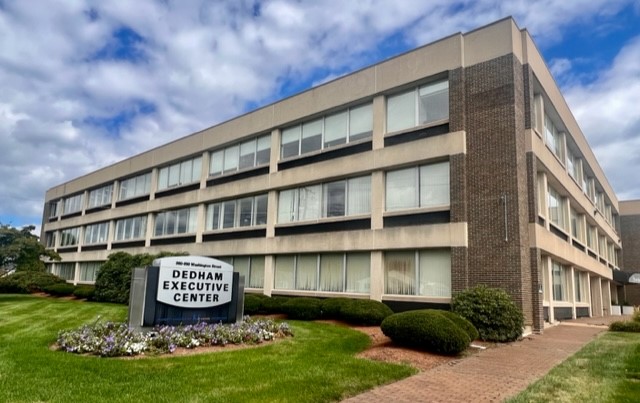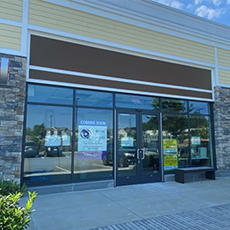Glaucoma Treatment Options
Treatment for glaucoma ranges from medical therapy to laser treatment to surgery. The goal of therapy is to lower the intraocular pressure and maintain the health of the optic nerve.
Most glaucoma patients are controlled with topical medication: eye drops that are applied once or twice daily. Although most drops are well-tolerated, as with any medication, there can be possible side effects or allergy. If you experience any adverse effect while taking glaucoma medication, it is important to discuss this with your physician. Compliance, or the regular application of glaucoma drops, is vital to the success of your glaucoma therapy.
Often, laser treatment is used in addition to medical therapy. The laser therapy for open-angle glaucoma is called laser trabeculoplasty or Selective Laser Trabeculoplasty (SLT). In this treatment, laser energy is delivered to the drainage system of the eye, the trabecular meshwork. This treatment is extremely safe and well-tolerated by patients.
The SLT technique is very gentle, and studies show that it does not damage the tissue of the drainage system. It is performed at our surgery and laser center, Surgisite Boston. The treatment takes only minutes to apply, and there is usually no discomfort felt by the patient. Following the laser treatment, one usually continues any existing glaucoma drops. After several weeks, you will return to have the intraocular pressure measured and the success of the procedure assessed.
If medical and laser therapy are not sufficient in treating the glaucoma, surgery can be performed. The most common type of glaucoma surgery is the trabeculectomy. In this procedure, a small area of the drainage system (the trabecular meshwork) is removed. A flap is made in the wall of the eye, the sclera, through which the fluid from within the eye can pass, decreasing the pressure within the eye. The fluid flows through the scleral flap into a space underneath the conjunctiva, and this space is called a bleb.
In a second type of surgery is called a tube shunt, or glaucoma drainage device, a small tube is placed through the sclera, or the wall of the eye, into the anterior chamber of the eye. Similar to the trabeculectomy, excess fluid is able to pass out of the eye and collect in a reservoir, the bleb, underneath the conjunctiva.
With both types of glaucoma surgery, frequent visits are required in follow-up care to monitor the intraocular pressure and the healing of the eye. There is often mild irritation due to the manipulation of the eye tissue and also due to sutures on the surface of the eye. With time, these symptoms improve.
There are several newer glaucoma procedures such as trabectome and canaloplasty. However, the long-term efficacy of these has not been demonstrated, and it is not clear what place these procedures have in the decision tree of glaucoma treatment.
Meet Our Team
The Lexington Eye Associates team is led by board-certified doctors considered to be leaders in the field of ophthalmology. Get to know us.
If you have questions or would like to book an appointment, please call (781) 876-2020 request your consultation.














